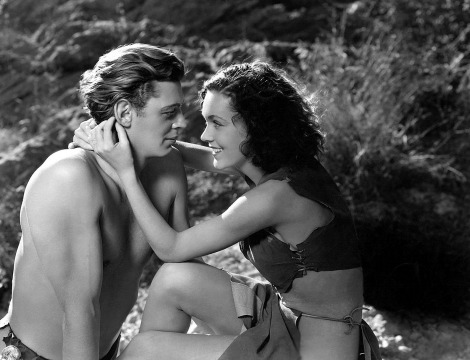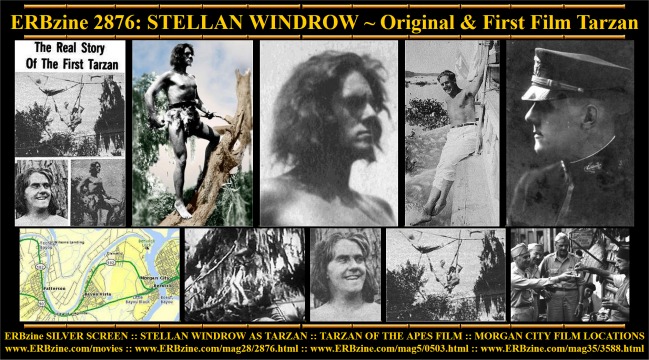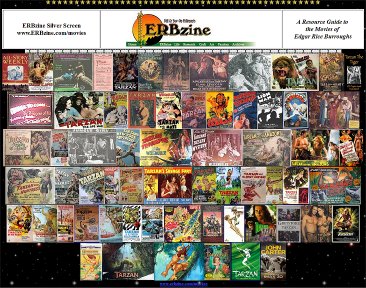
The First and Only Weekly Online Fanzine Devoted to the Life and Works of Edgar Rice Burroughs Since 1996 ~ Over 15,000 Webpages in Archive |

The First and Only Weekly Online Fanzine Devoted to the Life and Works of Edgar Rice Burroughs Since 1996 ~ Over 15,000 Webpages in Archive |
FILM CENTENNIAL CELEBRATION
PART I
From TARZAN
ON FILM by Scott Tracy Griffin
|
Invited by Scott Tracy Griffin Open to Public · Hosted by Edgar Rice Burroughs Wednesday, February 14 at 7:30 PM - 9:30 PM PST Hollywood Heritage Museum Los Angeles, California 90068 
The 2018 Tarzan Film Centennial celebrations will kick off on February 14 with "Valentines Day with Tarzan and Jane" at the Hollywood Heritage Museum, where Scott Tracy Griffin, Director of Special Projects for Edgar Rice Burroughs, Inc. will discuss the film franchise's storied history. For more information, see
|
|
|
![]()
|
For more information on the 52
authorized Tarzan movies and 7 television series,
check out “Tarzan on Film” (Titan
Books, 2016), by Scott Tracy Griffin.
![]()
 |

Click for full-size preview collage
![]()
BACK TO OUR INTRO PAGE FOR
TARZAN OF THE APES (1918)
www.erbzine.com/mag5/0503.html
![]()
Celebrate the 100th Anniversary
of Tarzan of the Apes in film with
SCOTT TRACY GRIFFIN and his
TARZAN ON FILM
CONTENTS
PART I :: PART
II :: PART III
:: PART IV :: PART
V :: PART VI ::
PART
VII :: PART VIII::
PART
IX
:: PART X
:: PART XI:: PART
XII::
PART XIII::
PART
XIV::
PART XV::
PART
XVI::
PART XVII
::
PART XVIII
:: PART XIX :: PART
XX :: PART
XXI::
PART XXII::
PART
XXIII:
![]()

ERBzine SILVER SCREEN SERIES
www.ERBzine.com/movies
![]()
![]()
![]()
![]()

BILL
HILLMAN
Visit
our thousands of other sites at:
BILL
AND SUE-ON HILLMAN ECLECTIC STUDIO
ERB
Text, ERB Images and Tarzan® are ©Edgar Rice Burroughs, Inc.-
All Rights Reserved.
All
Original Work ©1996-2018 by Bill Hillman and/or Contributing Authors/Owners
No
part of this web site may be reproduced without permission from the respective
owners.